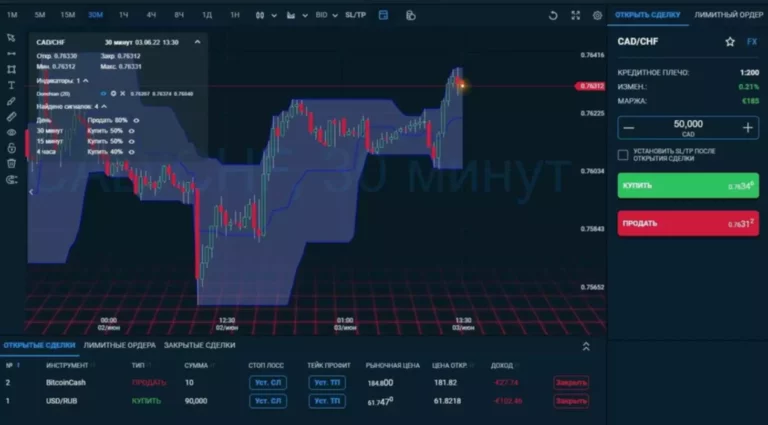Transparency is a core characteristic of public blockchains, where each transaction is recorded on a public ledger that’s accessible to all participants. This transparency enhances trust among users, as they’ll independently confirm transactions and track the circulate of funds. For occasion, anyone can examine Bitcoin’s blockchain to verify the validity of transactions and the whole difference between private and public blockchain provide of cash in circulation. This transparency also promotes accountability, as malicious actors are less likely to engage in fraudulent activities understanding that their actions are seen to the public. If an organization suspects the information could have been altered, it can compare the information on the non-public blockchain with the reconstructed data taken off the common public blockchain fingerprint, he added. Banks and financial institutions can leverage private blockchains for inter-bank transactions, Know Your Customer (KYC) processes, and regulatory reporting.
Similarities Between Public Vs Personal Blockchains

This heightened privateness is particularly helpful for enterprises dealing with sensitive info or complying with regulatory necessities. There is not any censorship to information validation as anybody can conduct transactions, for some others to confirm elsewhere. The events that maintain a cryptocurrency system do not have to know each other, a feature that’s antagonistic to the centralization mannequin of private blockchains. As such, the use case of blockchain know-how as it borders on cryptocurrencies is most suitable for private blockchain networks. Amongst the core variations is that public blockchains offer a excessive diploma of trust as they provide full data immutability, as compared to the partial immutability that’s typical to personal blockchains.

What Are An Important Features Of Private Blockchains?
Drawing on the factor also, whereas public blockchains brandish a relatively low efficiency, private blockchains are extremely environment friendly with the predefined few nodes concerned within the decision-making. The sort of blockchain community an entity chooses to make use of is decided by its individual use case. As public blockchain networks turn out to be more secure over time, private blockchain networks turn out to be less crucial. The disadvantages of permissioned blockchains mirror these of public and private blockchains, relying on how they are configured. One key disadvantage is that as a result of permissioned blockchains require internet connections, they’re weak to hacking.
Public Vs Personal Blockchain: Understanding The Variations

The benefit of a public blockchain is that it’s really decentralized and democratized. One advantage of a public blockchain is that the extra individuals there are in the network, the safer it becomes. The more nodes there are inside the network, the more complicated it turns into for hackers to achieve management. No “update” or “delete” options are available in neither the general public blockchain nor the non-public blockchain.
- As blockchain technology continues to evolve, hybrid options that mix elements of each personal and public blockchains are rising, providing new possibilities for enterprise blockchain adoption.
- So listed here are some similarities and variations between personal and public blockchains.
- Reach out to us for plentiful insights on digital innovation and developing low-risk solutions.
- This is the place public and private blockchain appears to differ in a smaller method.
On Private And Non-private Blockchains

Moreover, since a non-public blockchain maintains only some nodes, it will be simpler for a hacker to take over the community. It is a distributed ledger that operates as a closed database secured with cryptographic concepts and the organization’s security measures. Only these with permission can run a full node, make transactions, or validate/authenticate the blockchain adjustments.
With this setup, any participant within the network can access the entire database and its complete historical past. This transparency helps to ensure that all transactions are sincere and could be verified by any person. This technology is the backbone of cryptocurrencies, like Bitcoin and Ethereum, providing a secure and clear approach to record transactions with out the need for a central authority. Private blockchains on the opposite hand, solely permit sure licensed entities to take part in a closed community. Also known as ‘Permissioned blockchain’, private blockchains grants specific rights and restrictions to participants in the network. Private blockchains are extra centralized in nature since solely a small group of members management the community.

Another significant security measure is the decentralized nature of blockchain. By distributing copies of the ledger across a network of computer systems, blockchain eliminates single points of failure and makes it extremely difficult for attackers to manipulate the information. Each node in the community has a copy of the whole blockchain, and transactions must be confirmed by a number of nodes before they are recorded.
Understanding blockchain is important as it is being integrated into sectors such as healthcare, provide chain administration, and even governance. As we move ahead, the data of blockchain won’t solely be helpful however needed for professionals throughout various fields to leverage this technology effectively. When a public blockchain can be permissionless, it means that the network isn’t only free to access for traditional users, however it lacks restrictions for validators as properly. When Bitcoin launched as the primary implementation of the blockchain in 2009, distributed ledger technology (DLT) disrupted a number of industries. Higher efficiency, higher scalability, and strong security are a few of the strongest appeals of the personal blockchain. This article presents a quick overview and a comparability between non-public vs public blockchain in simpler phrases.
On the opposite hand, management in cloud environments can range significantly relying on the service model (IaaS, PaaS, SaaS) and the service supplier. Generally, SaaS offers the least control over hardware and software updates, whereas IaaS provides extensive management over the deployed infrastructure but requires extra in-house experience to manage. Each element performs a vital function within the functionality of a blockchain and ensures that each transaction is securely recorded and verified across a quantity of nodes without the need for a government.
Over a seven-year span, blockchain is anticipated to develop from an estimated $4.3 billion business to a whopping $228 billion business by 2028, according to a report by Insight Partners. That determine contains both private and non-private, in addition to consortium, blockchains. Bitcoin uses a public blockchain, where anybody is often a node and all information is publicly accessible. All transactions ever made because the genesis block can be found to take a glance at using a block explorer.
A non-public blockchain is unique to companies seeking methods to utilize the benefits of distributed ledgers to boost their enterprise ecosystem. Examples of industries utilizing a personal blockchain consensus algorithm embody Ripple Labs Inc.’s RippleNet. The RippleNet makes use of blockchain expertise to power a world funds business that is fast, cheap, and safe for all participating establishments. Consortium Blockchain (also known as federated Blockchains) is finest fitted to organizations the place there is a need for both kinds of Blockchains, i.e., private and non-private.
Read more about https://www.xcritical.in/ here.